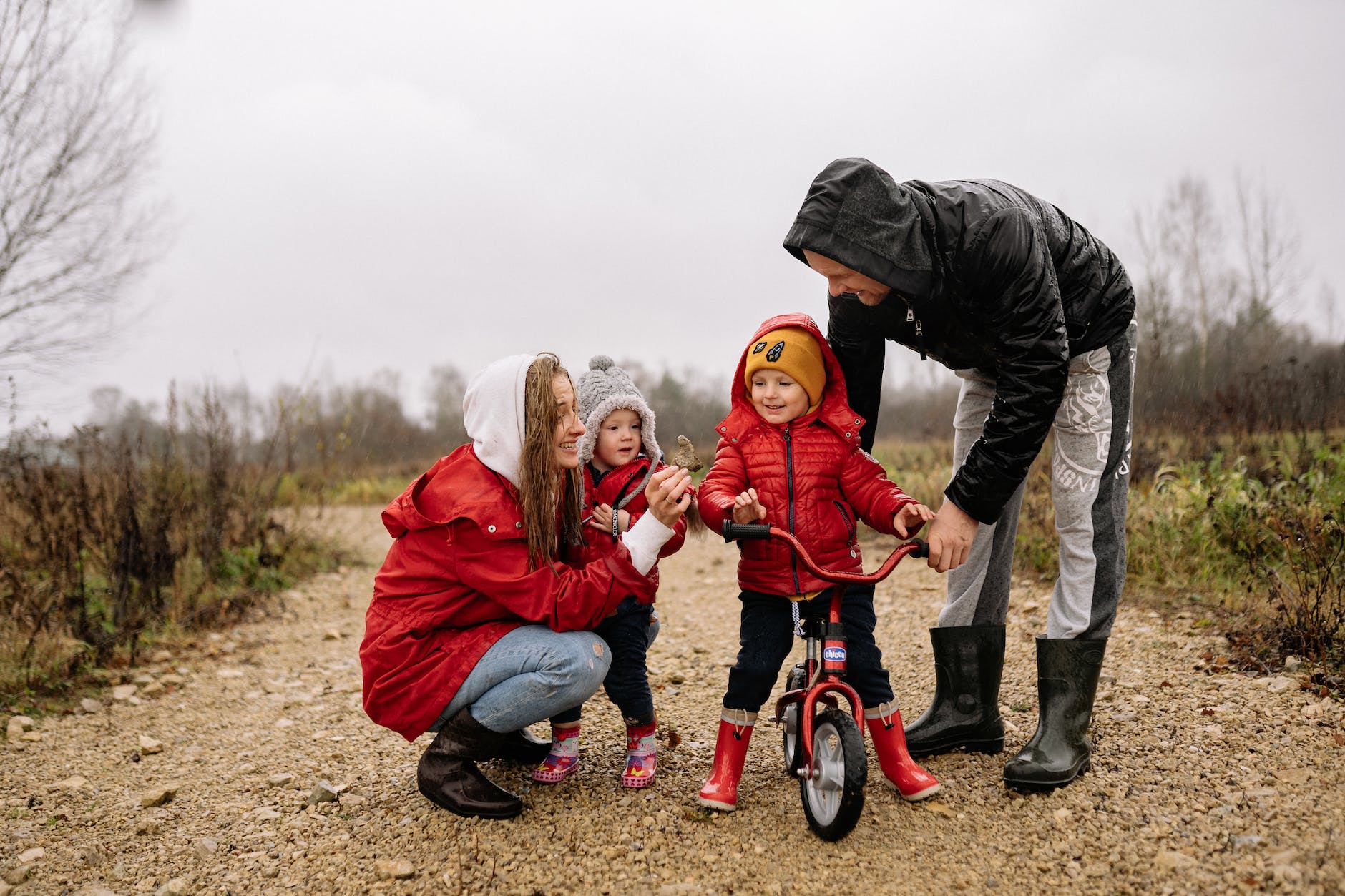In today’s digital age, it’s important to encourage children to engage in physical activities to promote their health and well-being.
From playing team sports to going for a swim, there are plenty of ways for kids to get active and get away from screens.
Biking is one outdoor activity that kids are getting more and more into.
This is a fantastic opportunity to move freely, enjoy the fresh air, and get some exercise.
That said, selecting the ideal bicycle for your child is a crucial task for parents.
But worry not, whether your child is an experienced rider or a novice, this guide will help you choose the right bike for their age and specific requirements.
Ages 6-9
If your kid has outgrown their little bicycle, but he/she isn’t ready yet for a full-size adult ride, the versatile 20 inch bikes for kids are a perfect choice.
Whether your child is into mountain biking, or they simply need a means of transportation, you’ll find the perfect ride for their needs and preferences.
These cycles are specifically designed for children who are around 6 to 9 years old and stand between 3’5″ to 4’5″ in height.
One of the first things you’ll notice about these vehicles is their size.
The wheel on a 20-inch child bike gives the perfect balance between stability and agility, making it easier for kids to handle it and feel confident while riding.
The frame is built to suit their body size, with a low standover height that makes it easier for little ones to get on and off.
You can find a variety of 20-inch bikes for kids, and each one has its own unique features and design.
For example, some models are lightweight and efficient, which is perfect for kids who want to go fast.
Meanwhile, others have durable aluminium frames, suspension forks and powerful brakes, making them a good choice for mountain biking.
When shopping for kids 20in bike, it’s important to consider not only the size but also the fit.
For this reason, I suggest that you consult the team of experts who can help you find the right size and fit for your child, ensuring that they’re comfortable and safe while riding.
Plus, with the wide selection of bicycles, you’re sure to find one that fits your child’s personality and riding style.
Ages 9-11
If your little adventurer is between 9-11 years old, you’ll want to pay attention to the wheel size when choosing the perfect fit.
Typically, this age range requires a bicycle with a wheel size of 24 inches.
This size is great for children who are growing fast but still need a vehicle that’s easy to handle and provides enough stability to ride confidently.
A 24-inch bicycle fits the needs of children who are gaining more confidence and experience on their rides but are not quite ready for an adult bicycle.
The frame on these models accommodates a growing child’s body size, with a comfortable standover height and appropriate handlebar and saddle height.
Ages 11+
If your kid is 11 years old or older and looking for a new set of wheels, you’ll want to consider a model with a wheel size of 26 inches.
A 26-inch bicycle is perfect for those who are growing quickly and need a ride that can keep up with their physical development.
This size is also ideal for those who are looking for a bicycle that can handle different types of terrain, including paved surfaces and more challenging off-road trails.
The frame of these models is designed to fit the needs of growing teens and pre-teens.
This size offers a balance of stability and manoeuvrability, making it easier for kids to handle and feel confident while riding.
Other Considerations
- Brakes: Most bicycles come with either hand brakes or coaster brakes (where you pedal backwards to stop). Hand brakes are more common on 20-inch children’s bikes and they’re easier for kids to use, while coaster brakes are often found on smaller models and are more intuitive for younger kids. Make sure your child is comfortable with the type of brakes on the model you choose;
- Weight: A lightweight bicycle makes a big difference in how easy it is for your child to handle and manoeuvre. Look for a model that’s made with lightweight materials, such as aluminium, to make it easier for your child to ride and carry it;
- Tyres: If your child mainly rides on paved surfaces, thinner tyres offer a smoother and faster ride. However, if they’ll be riding off-road or on uneven terrain, wider tyres with more traction will provide better stability and control;
- Lastly, don’t forget about safety gear! Helmets are an essential piece of equipment for kids, and they should always wear one while riding. Elbow and knee pads also provide extra protection, especially for younger or more inexperienced riders.
Is Bike Sizing Important?
Sizing is incredibly important, especially when it comes to children’s bicycles.
A model that’s the wrong size for your child can be uncomfortable and even dangerous to ride.
The right size should allow your child to sit comfortably on the saddle with their feet flat on the ground, with a slight bend in their knees.
The handlebars should be within easy reach and the brakes should be easy to operate.
If a bicycle is too small, they may feel cramped and uncomfortable while riding, which often leads to poor posture and discomfort.
On the other hand, a cycle that’s too big is difficult to handle and control, which can be dangerous.
It’s also important to keep in mind that children grow quickly, so you should regularly check and adjust the size of their bicycles as they grow.
Generally, a child’s bicycle should allow for a little bit of room to grow, but not so much that they can’t comfortably control the bicycle.
So, whether you’re buying a new set of wheels for your child or simply checking to make sure their current ride still fits, paying attention to the sizing is crucial for a safe and enjoyable riding experience.
This way you’ll help your child develop a love for cycling and enjoy all the benefits of this fun and healthy activity!
Discover more from Zena's Suitcase
Subscribe to get the latest posts sent to your email.







